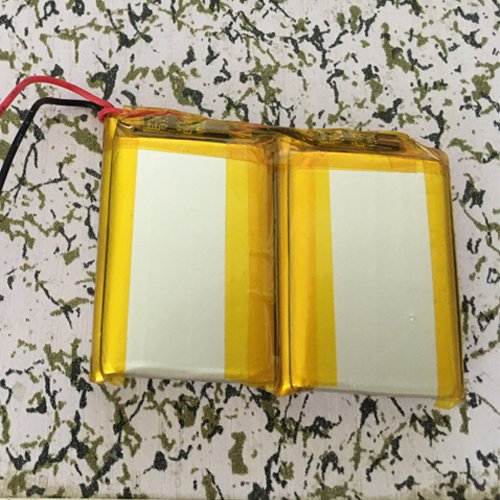Choosing the right battery for your RC plane is crucial for ensuring a smooth and successful flight. The battery not only powers the motor but also provides energy to the receiver and servos. In this article, we will discuss the key factors you need to consider when choosing a battery for your RC plane.
Battery Chemistry
There are three main types of batteries used in RC planes: nickel-cadmium (NiCad), nickel-metal hydride (NiMH), and lithium polymer (LiPo). NiCad and NiMH batteries have been around for a long time, but they are gradually being replaced by LiPo batteries due to their higher energy density, lighter weight, and better performance.
LiPo batteries are the most popular type of battery used in RC planes today. They are made up of multiple cells, which can be connected in series or parallel to increase voltage or capacity. When choosing a LiPo battery, make sure it is compatible with your plane’s motor and speed controller.
Battery Capacity
The capacity of a battery is measured in milliampere hours (mAh) and represents the amount of energy it can hold. The higher the capacity it has, the longer the rc plane can work. However, a higher capacity battery could be heavier, so you need to find the right balance between flight time and weight.
To determine the appropriate battery capacity for your plane, you need to consider the plane’s weight, motor size, and flight time. As a general rule of thumb, your battery should have a capacity of at least 1.5 times the motor’s current draw for the desired flight time.
Battery Voltage
The voltage of a battery is another critical factor to consider when choosing a battery for your RC plane. The voltage determines the speed and power of the motor. If the voltage is too low, the motor will not have enough power to lift the plane off the ground. If the voltage is too high, the motor will overheat and may even burn out.
To determine the appropriate battery voltage for your plane, you need to check the motor’s specifications. The motor will have a recommended voltage range, and you should choose a battery that falls within that range.
Battery Discharge Rate
The discharge rate of a battery is the amount of current it can provide at a given time. It is measured in “C,” where “C” is equal to the battery’s capacity. For example, a 2200mAh battery with a discharge rate of 25C can provide a maximum current of 55 amps (2200 x 25 / 1000).
When choosing a battery for your RC plane, you need to consider the maximum current draw of your motor and make sure the battery’s discharge rate is equal to or greater than the motor’s current draw.
Battery Brand and Quality
Finally, you need to consider the brand and quality of the battery. Cheap, low-quality batteries may seem like a bargain, but they can be dangerous and unreliable. They may not have the advertised capacity or discharge rate, and they may even catch fire or explode.
It’s always better to invest in a high-quality battery from a reputable brand. These batteries may be more expensive, but they are worth it for the peace of mind and improved performance they provide.
Conclusion
Choosing the right battery for your RC plane is essential for a successful flight. You need to consider the battery chemistry, capacity, voltage, discharge rate, and brand and quality. By taking these factors into account, you can ensure that your plane has the power and energy it needs to fly safely and smoothly.
Related Articles
- Southeast Asia client placed lipo battery order for rc airplane
- RC airplane 14.8V 4S batteries trial order sent to Indonesia
- 44.4V High Discharge 90C 180C 12S 4000mAh 5000mAh 5200mAh 6000mAh RC Lipo Battery Pack for Remote Control Hobby Model Align 700 3D Helicopter Airplane
- Lipo Battery 3S 11.1V 1300mAh 1500mAh 2200mAh 3000mAh 7000mAh 50C 85C for RC Racing F3A Airplane FPV Drone Helicopter





